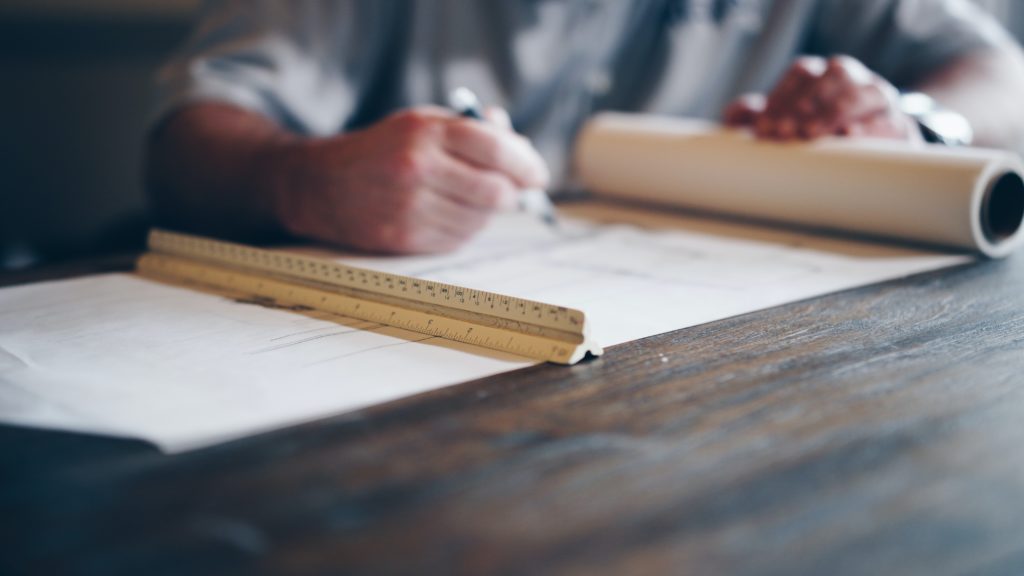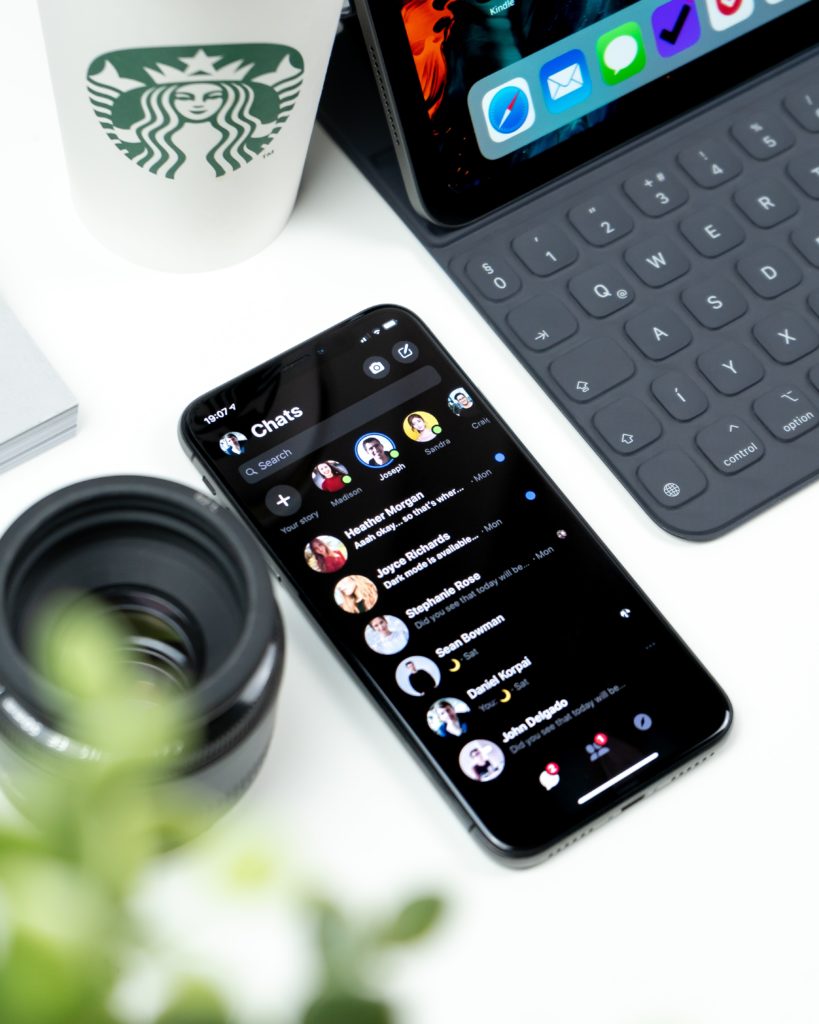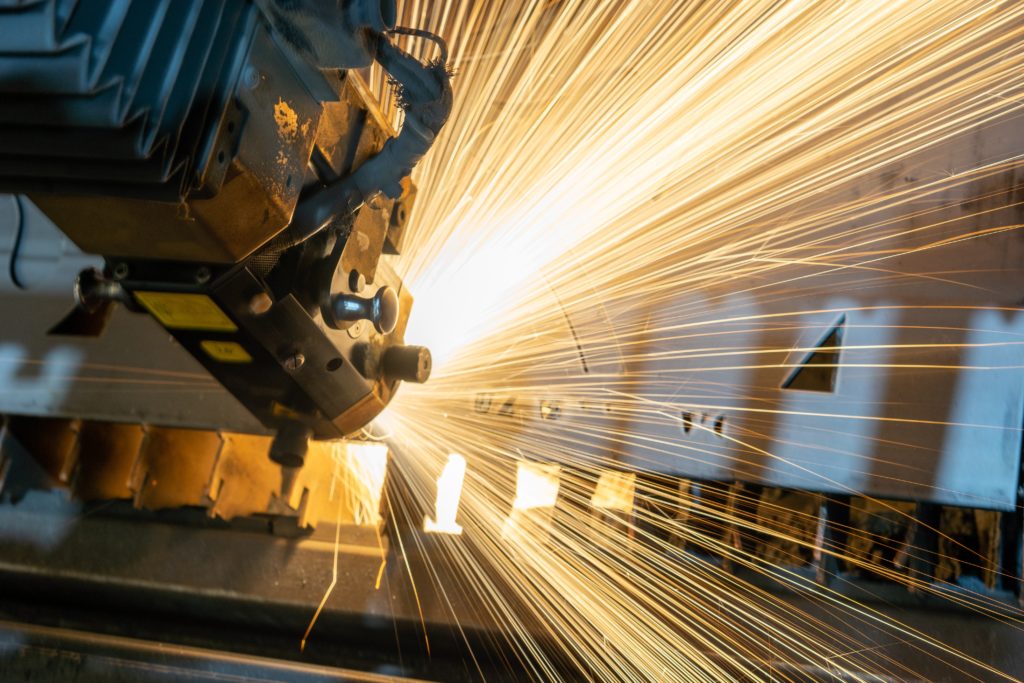The definition of design is to develop something with a clear intention to solve a need and to reach a desired result. The word intention is central.

Photo: Daniel McCullough on Unsplash
The design determines product sustainability
When a product or service is designed, the framework is set for how sustainable the product will be during its lifetime. A problem or need can be taken care of in a variety of ways and the choices made in the design phase will control future resource use as well as the impact on the environment and society.

For a product to be sustainable, the design process takes into account the needs of nature and society, in addition to the requirements of future customers and the company’s requirements for an economically sustainable operation. These needs cannot be an afterthought and are resolved once the product is ready for manufacture and sale if it is to be ecologically and socially sustainable. In other words, a clear intention is required to create sustainable solutions.
Principles of sustainable design
* The materials must be renewable and recyclable. Furthermore, they must be entered into the economic system in such a way that they can be looped to a continuously high value.
* All energy must come from renewable sources.
* Biodiversity is structurally supported and improved.
* Society and culture are preserved. The health and well-being of humans and other species is structurally supported.
* Human activities generate values that are not only financial.

Photo: Calin Stan on Unsplash
The design process is not limited to handling the design of the product itself, it must take into account the manufacturing process, material procurement, distribution, end use and what and how the materials should be handled after use.
It is therefore important to broaden the horizons and look both upstreams and downstreams in the value chain. Note that there is also the potential to create a positive impact, i.e. to leave the environment in better condition thanks to good design.
The application of the above principles influences how to think about product development and the design process.
The greenest kWh is the one that is never produced...
When faced with the possibility of developing a new product, one should ask why this is necessary. As someone in the lighting industry once said: “the most environmentally friendly kWh is the one that is never produced”.
If you come to the conclusion that the product should be developed, it is relevant to follow a process that will ensure sustainability throughout the product’s life cycle.
Start at the end
Start the design process at the end by studying user behavior and ask yourself: How and when will the product be used? How long, how often and over what period of time? In what way do these patterns affect the environment, for example energy consumption?
There are studies that show that many of the goods sold today are only used for a fraction of their lifetime; most of the time they sit idle. It is an inefficient use of materials, which is a concern in itself from a sustainability perspective. Another issue is also how products that are not used are stored. In many cases, electronics are constantly connected to networks in standby mode to make it easy to use them when we want, which is not very energy-smart.
User habits have the potential to have a greater impact on the environment than the manufacturing process. For this reason, user habits and usage are such an important factor to include in the product design. Can the design contribute to reducing the ecological footprint either directly or indirectly by influencing the user’s behavior?

Photo: Daniel Korpai on Unsplash
Product design
First and foremost, manufactured goods must be in use for as long as possible. The product’s lifespan is affected by construction and materials, but also by the possibilities to repair, upgrade and update. A counter force to longevity is fashion and trends. Designing future-proof products, which means intentionally creating opportunities for subsequent upgrades and updates, has great sustainability value.
When choosing materials, factors such as supply, price and required properties will play a significant role. The choice of materials will determine the environmental and social impact of the new product.
To minimize negative impact, primarily use renewable materials. Ensure that materials can be recycled. Materials must be brought into the economic system in such a way that they can be circulated at a continuously high value.
To keep materials in use through feedback loops, goods must be dismantled at end-of-life. The materials must be kept “pure” to maximize their value for future manufacturing processes.
Product construction plays a major role in minimizing negative impact. Here are a few examples: How are different parts joined? Glue or screw? The choice affects both the manufacturing and the disposal processes and thus the economy and ecology. Different forms of composites make it difficult or even impossible to recycle, which means waste as well as reduction of non-virgin material in the system.

Photo: Clayton Cardinalli on Unsplash
Manufacturing and distribution
Manufacturing and distribution are of course important. In addition to the materials included in the product, other resources are used in the manufacturing process. This is an area that I believe many have already worked with. My main message when considering this is to look at the entire value chain. Here are some examples
* Energy – quantity used and type (clean or dirty) in manufacturing processes and the cumulative footprint carried by semi-finished products and materials
*Chemicals – used in manufacturing and cleaning as well as cumulative amount in materials and semi-finished products (including their manufacturing processes)
* Transport to and from manufacturing
* Impact on the surrounding air, water and soil throughout the value chain.
There may be opportunities to create symbiotic relationships with other businesses. Symbiosis means that waste or by-products from one industrial process become input in another process. The application of this concept makes it possible to use materials in a more sustainable way and contributes to the creation of a circular economy.
After final use
The design phase should plan for the product’s life after final use. As said before, a sustainable product must be recyclable. The recycling can take place through companies whose business idea is to recycle materials. However, there may be business potential for companies to close their loops.
Recycling materials from self-made products means knowledge of content, properties and the manufacturing processes. All of this can facilitate recycling. Additionally, recycling could potentially occur with tighter loops. This can increase efficiency and lower costs. It should be noted that a system is required for the collection and handling of recycled products, which may involve significant investment.
In the future, when less virgin materials will be available, recyclables will have higher value for companies. There are gains to be made in developing a systematic dismantling and recycling processes.

Photo: Oziel Gómez on Unsplash
Business model
A traditional business model supports a take-make-waste logic where the name of the game is to sell as many units of a product as possible. Constantly coming up with new models and other innovations can increase sales, revenue and profit.
This logic will not hold in a sustainable world. Instead, the goal is to manufacture as few units as possible and have them in use for as long as possible. How do you make a profitable business in this scenario? By selling the product as a service.
Only organizations with a clear intention to build a sustainable business based on a business model that includes product longevity, updates and upgrades, as well as remanufacturing and recycling will successfully reach a low ecological footprint.


